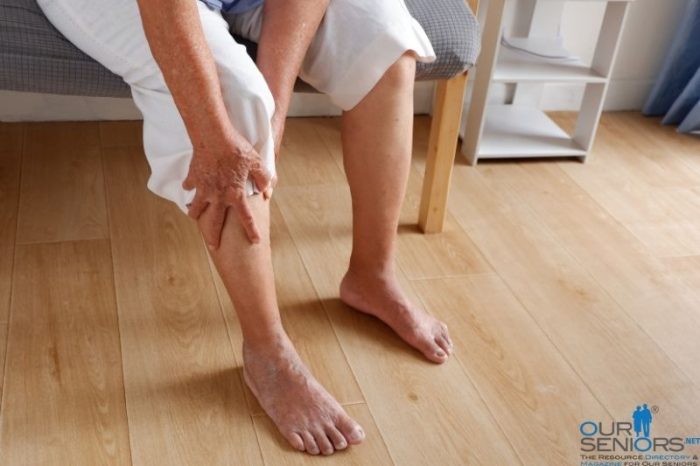| Article provided by Fitworks Perfect Posture |
Did you know that you have 360 joints, 640 muscles, and 206 bones in your body? A lot is going on inside of you that gives you the ability to look, see, taste, smell, touch, and move around so you can experience all the wonderful things in life AND look fabulous while doing so! It all must be in perfect balance to allow this to occur.
But what if something happens to cause an imbalance? What if one or more joints are no longer in their proper position? What happens then? And how do you even know if this has happened to your body?
A misalignment may impair your range of motion and severe issues can affect your quality of life. There may be signs that your spine is misaligned, along with pain around several joints in the body.
Hip pain will present with tight muscles on the hip and low back approximately two inches right or left of the spine, or simply lower back pain.
When symptoms occur with a misaligned pelvis (pelvic tilt) they commonly include lower back pain, hip pain, leg pain, and gait problems. A tilted pelvis can also irritate the SI joint, causing inflammation. This may cause additional symptoms, including pain radiating to the buttocks, leg weakness, and numbness or tingling, even sciatica.
When joints are not in their proper position, nerves and blood flow can become restricted. This is extremely painful and if it becomes chronic, sometimes life-threatening.
These symptoms can affect a person’s quality of life and may even cause severe complications.
Common symptoms may include:
- numbness and tingling in the hands and feet
- cold hands and feet
- swelling in the feet, ankles, and legs
- memory loss and difficulty concentrating
- digestive issues
- fatigue
- joint and muscle cramping
- skin color changes
- ulcers in the legs or feet
- varicose veins
As you can see, that is a lot of various potential problems! Why is this so?
Spinal nerves branch off from the spinal cord to innervate the rest of the body. These complex networks of nerves enable the brain to receive sensory inputs from the skin, send motor controls for muscle movements, as well as messages to each of the organs to work correctly.
In humans, there are 31 pairs of spinal nerve cords: 8 cervical, 12 thoracic, 5 lumbar, 5 sacral, and 1 coccygeal. Each pair connects the spinal cord with a specific region of the body.
The nerves of the cervical spine (neck) go to the upper chest and arms. The nerves in your thoracic spine (upper back) go to your chest and abdomen. The nerves of the lumbar spine (lower back) then reach to your legs, bowel, and bladder. These nerves coordinate and control all the body’s organs and parts, and let you control your muscles.
Symptoms of misalignment of the spine:
Neck Vertebrae C1-C7 = headaches, migraines, dizziness, sinus problems, allergies, head colds, fatigue, vision problems, runny nose, sore throat, stiff neck, cough, arm pain, hand and finger numbness or tingling
Upper Back Vertebrae T1-T12 = middle back pain, difficulty breathing, gallbladder issues, liver issues, stomach problems, ulcers, gastritis, kidney problems.
Lower Back Vertebrae L1-L5 = constipation, colitis, diarrhea, gas pain, irritable bowel, bladder problems, menstrual problems, lower back pain, pain, or numbness in legs.
When one muscle has become too strong or too weak, the joint is no longer able to remain in the proper position. A stronger muscle pulls the joint and the weaker muscle allows it. An accident may have created an injury that caused a limp or favoring of one side of the body over the other and soon, you have created an imbalance. Imbalances occur for various reasons and every body handles those imbalances differently.
Nevertheless, when a body is in a state of dis-ease, it can no longer heal itself.
It is imperative to be well-balanced in all things. If one was balanced properly as aging takes place, the body would not be stiff, immobile, or painful. The body would instead be highly mobile, pain-free, and fluid in motion!
Exercising and stretching can help, along with making simple changes to your daily routine.
Beware of going to the gym as that causes injury and will cause even more imbalances because you may be building the already over-developed muscles!
A Physiologist knows how to exercise with intelligence and purpose and never load an unstable joint! He or she knows where the joints are supposed to be positioned in the body and how to exercise the specific muscle that is weak and not cause harm to that area of the body. They understand the specific techniques that must be followed to target those imbalances safely and effectively!
Gary Rumel is a Physiologist who pioneered his technique over 21 years ago! He has successfully transformed the lives of thousands of his clients! Eight years ago, he met, healed, married, and then trained his first and only Apprentice, Sherry Rumel. Together they have continued to heal people who could not find the answers they needed and were simply told to prepare to get worse and then one day have surgery.
Muscle imbalances are real and very painful. Do not live with this imbalance!
There IS an answer! The answer is Fitworks Perfect Posture® Natural Pain Solutions. Call today for your free evaluation. What have you got to lose?
407-408-7588.

